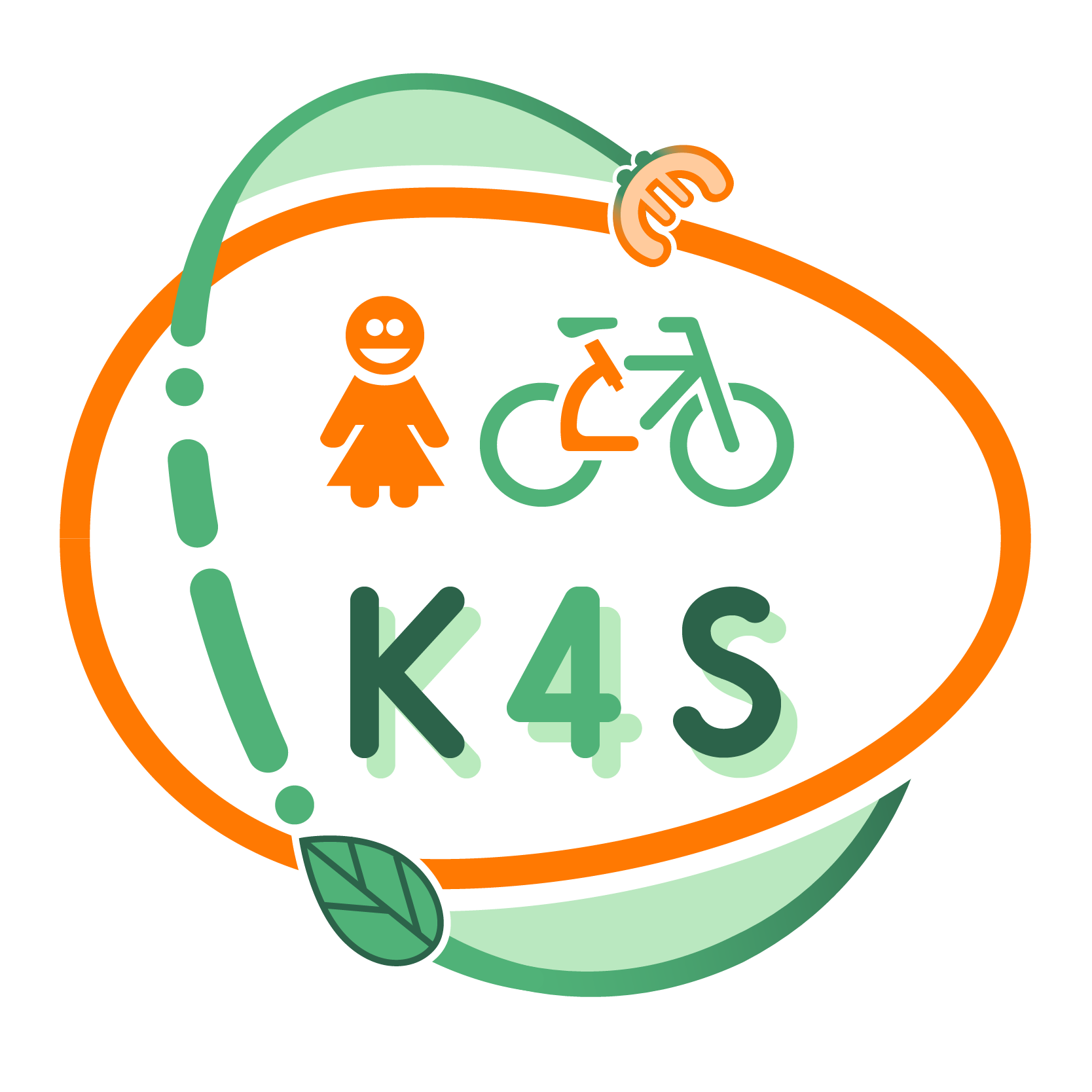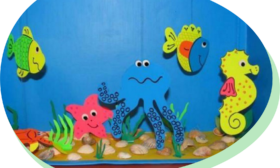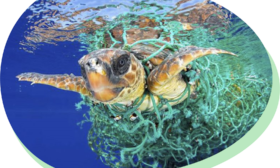LEARNING PATHWAY BASED ON SCIENTIFIC CONCEPTS
Let’s take care of the oceans!
Overall aims:
- Improve the knowledge and respect about the natural world;
- Understand the need to protect aquatic ecosystems;
- Improve the distinction of geometric figures;
- Experience autonomy;
- Acquire responsibility;
- Develop fine motor skills.
Intended learning outcomes:
The child will be able to:
- Recognize different kind of sea animals;
- Relate animals with their ecosystem;
- Recognize the importance of protecting and caring for life in the oceans;
- Recognize different natural shapes in architecture;
- Draw different shapes and lines;
- Mold, create, build with natural materials;
- Recognize plastic problem in ocean;
- Recognize the importance of recycling.
Evaluation:
Final assessment through a simple oral test with questions related to learning outcomes (the teacher can use photos, books, and the materials that children have created to formulate the questions).
Activity 1: Can you tell me some marine animal? Besides animals, what is there in the sea? What do fish eat? How do algae grow?
Activity 2: What different geometric forms of nature can you observe in Gaudi’s creations? Did Gaudí use forms of nature in his buildings? Can you see the waves on its facades? And ocean animals?
Activity 3: Do you know what is a plastic ocean? Where do the plastics come from? Do they harm animals? Is it important to recycle? Why?
Pathway structure:
The path is composed of 3 activities in total. A period of 3 weeks is foreseen to complete the whole learning pathway.
Stage I – Life below water
Watch the two videos about building an aquarium and select one of them (the teacher shows video files to the whole group, around 15 minutes). Try to reproduce the selected aquarium (the teacher and the support teacher help the children to reproduce the aquarium in three sessions of 45’ in small groups of 3-4 children)
- Life Below Water– Build an aquarium
Stage II – Gaudí and the waves of the sea
Look at Gaudi’s buildings in some book’s images (the teacher gives students some images or books about Gaudí’s creations and works, around 15-20 minutes). Discover and discuss with your classmates the shapes of their buildings and imagine what they represent. Discuss about the materials that Gaudí used (the teacher conducts the discussion with all the group for 15-20 minutes). Do a guided tour of Gaudí’s Casa Milà (Teacher and support teacher, 2 hours. Alternative: virtual tour in the link offered in the resource). Represent in a notebook some of the forms of nature that you have seen in the Milà house (15-20 minutes)
- Gaudí and the waves of the sea– Guided tour to Milà’s house, with virtual option
Stage III – Plastic Ocean
Watch the video “A Whale’s Tale” (The teacher shows video file to the whole group, 5 minutes). Create a story to tell parents about what you have seen (the teacher asks each student to draw a story about what they have seen, 30 minutes). Record a video (use parent’s devices) explaining the story created and share it with all the students (each kid with their parent’s help, explain and record at home, the small story they have created and later, they project the video at school).
- Plastic Ocean – Create a story about plastic accumulation in oceans and record a video file explaining it







